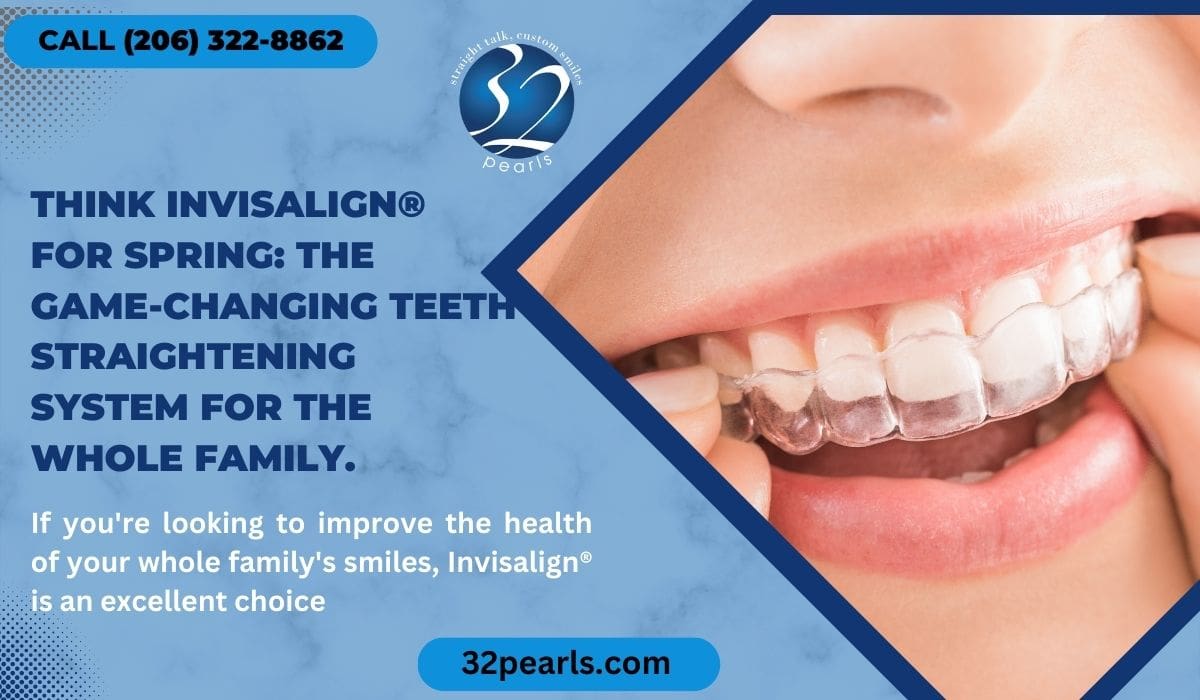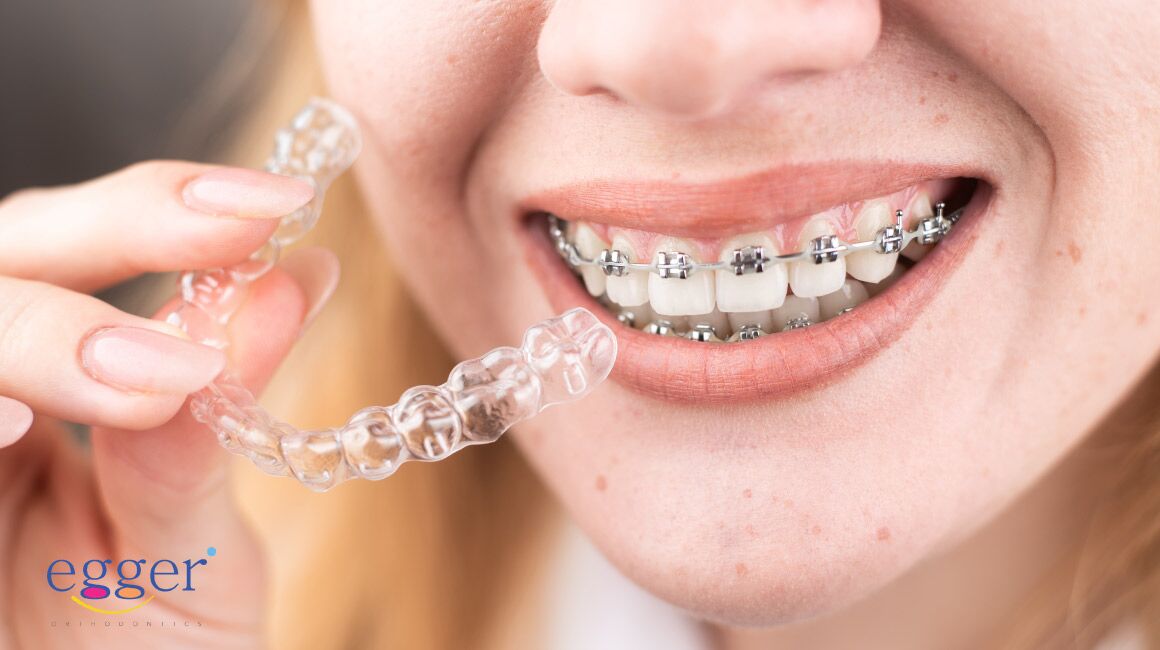The Expense of Invisalign: Recognizing the Investment in Your Smile
The Expense of Invisalign: Recognizing the Investment in Your Smile
Blog Article
Invisalign vs. Traditional Braces: Which Choice Is Right for You?
When thinking about orthodontic treatment, the choice in between Invisalign and typical dental braces provides a number of essential elements that merit mindful analysis. Invisalign uses a discreet alternative with removable aligners, while traditional dental braces give an extra noticeable yet efficient option for severe imbalance.
Overview of Treatment Options

On the other hand, traditional braces include metal brackets and cords that are bonded to the teeth. This technique uses continuous pressure over time to accomplish placement. While efficient for complicated orthodontic issues, typical braces need normal check outs for changes and can position difficulties in keeping dental hygiene due to the problem of cleansing about cables and braces.
Both options have their advantages, and the selection often rests on particular dental problems, way of living choices, and person conformity. Ultimately, seeking advice from an orthodontic expert is critical for determining the most suitable therapy strategy tailored to individual requirements. Recognizing the subtleties of each alternative can substantially influence the total success of orthodontic therapy.
Aesthetic Factors To Consider
A significant aspect influencing the selection in between Invisalign and typical dental braces is the visual charm each therapy provides. Invisalign aligners are crafted from clear plastic, making them virtually unseen when used.
In contrast, traditional dental braces contain steel brackets and cords, which can be a lot more noticeable. While innovations in orthodontic innovation have actually caused the development of smaller sized brackets and colored elastics, traditional dental braces still maintain a more obvious profile. For some people, the visibility of dental braces may prevent them from looking for required therapy.
Ultimately, the selection between Invisalign and standard dental braces may rest on individual preferences pertaining to aesthetics. Individuals that prioritize discretion usually lean toward Invisalign, while those that are much less concerned about visibility may select typical braces. Comprehending the aesthetic ramifications of each choice is essential for making a notified choice that aligns with one's way of life and choices.
Convenience and Convenience

In terms of convenience, Invisalign aligners are detachable, making it possible for individuals to enjoy their favorite foods without restriction and keep ideal oral health. Cleaning and flossing are simplified, as the aligners can be taken out throughout these routines, whereas traditional dental braces need careful steering around wires and braces.
Furthermore, Invisalign's progressive system permits fewer orthodontic gos to. Patients normally receive numerous collections of aligners simultaneously, which can simplify the treatment procedure and minimize time spent in the orthodontist's chair. On the other hand, conventional dental braces necessitate normal modifications, making them much less practical for those with active routines. Invisalign. Overall, the convenience and convenience of Invisalign make it an attractive choice for lots of individuals looking for orthodontic therapy.
Therapy Duration and Efficiency
While both Invisalign and traditional braces are reliable in correcting dental imbalances, the period of treatment can vary dramatically between the two choices. Generally, Invisalign therapy can take anywhere from 12 to 18 months, relying on the intricacy of the case. The clear aligners work by slowly changing teeth right into their desired settings, and routine follow-ups with an orthodontist aid ensure development stays on course.
In comparison, conventional braces commonly call for a longer dedication, usually ranging from 18 months to three years. This is because of their fixed nature and making use of wires and brackets, which can be a lot more reliable for extreme imbalances and complex cases (Invisalign). The therapy effectiveness of traditional braces is well-documented, as they allow for precise adjustments and better control over tooth activity
Inevitably, the selection in between Invisalign and standard braces may rest on both the anticipated treatment period and the certain oral problems at hand. Consulting with an orthodontist is essential, as they can offer tailored recommendations based upon private requirements, making sure the chosen method straightens with preferred durations and you could try here results.
Expense Comparison and Insurance Alternatives
Price plays a substantial function in the decision-making process for people thinking about orthodontic treatment, whether opting for Invisalign or typical dental braces. On average, the price of Invisalign varieties from $3,000 to $8,000, while conventional braces typically cost in between $2,000 and $6,000. Elements affecting these expenses include the intricacy of the instance, the duration of therapy, and geographical place.
Lots of oral insurance plans give partial coverage for orthodontic treatments, yet the specifics can differ widely. Normally, typical braces may be a lot more regularly covered by insurance plans compared to Invisalign, which some insurance companies classify image source as a cosmetic procedure.
Furthermore, a number of orthodontic techniques supply flexible payment plans, making both treatment choices a lot more obtainable. Individuals ought to ask regarding prospective funding alternatives and price cuts for ahead of time settlements. Evaluating the total cost, consisting of insurance benefits and payment strategies, is essential for making an informed decision that aligns with both aesthetic choices and spending plan factors to consider.

Conclusion
In summary, the selection in between Invisalign and typical dental braces pivots on several aspects, consisting of aesthetic preferences, comfort, therapy period, and cost. Invisalign provides a discreet, removable alternative that promotes dental health and dietary flexibility, while traditional dental braces might be better for complex oral concerns and commonly come at a lower rate factor. Eventually, assessment with an orthodontist is vital to assess specific scenarios and identify the most ideal treatment option for attaining ideal dental placement.
When thinking about orthodontic treatment, the selection in between Invisalign and typical braces presents numerous important variables that merit cautious examination.Comparing Invisalign and traditional dental braces exposes distinct therapy options for orthodontic improvement.While both Invisalign and standard dental braces are efficient in correcting oral misalignments, the duration of therapy can vary significantly between the 2 options.Price plays a significant duty in the decision-making process for people considering orthodontic treatment, Recommended Reading whether deciding for Invisalign or traditional dental braces.In recap, the choice in between Invisalign and typical braces pivots on numerous elements, consisting of visual preferences, comfort, therapy period, and cost.
Report this page